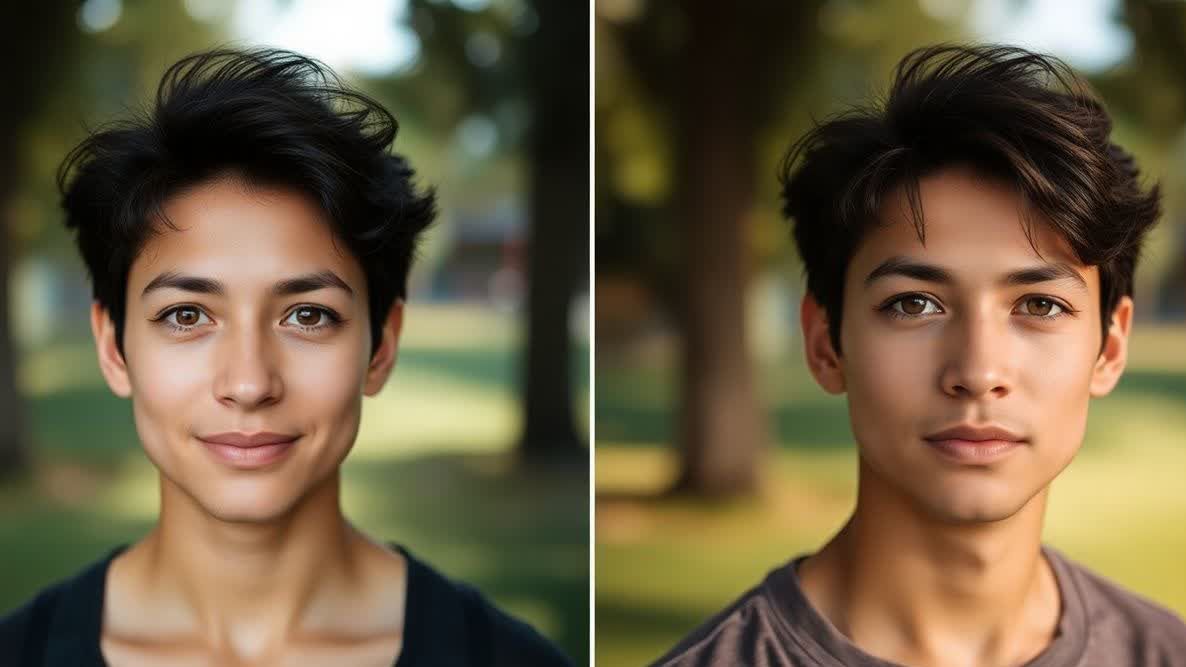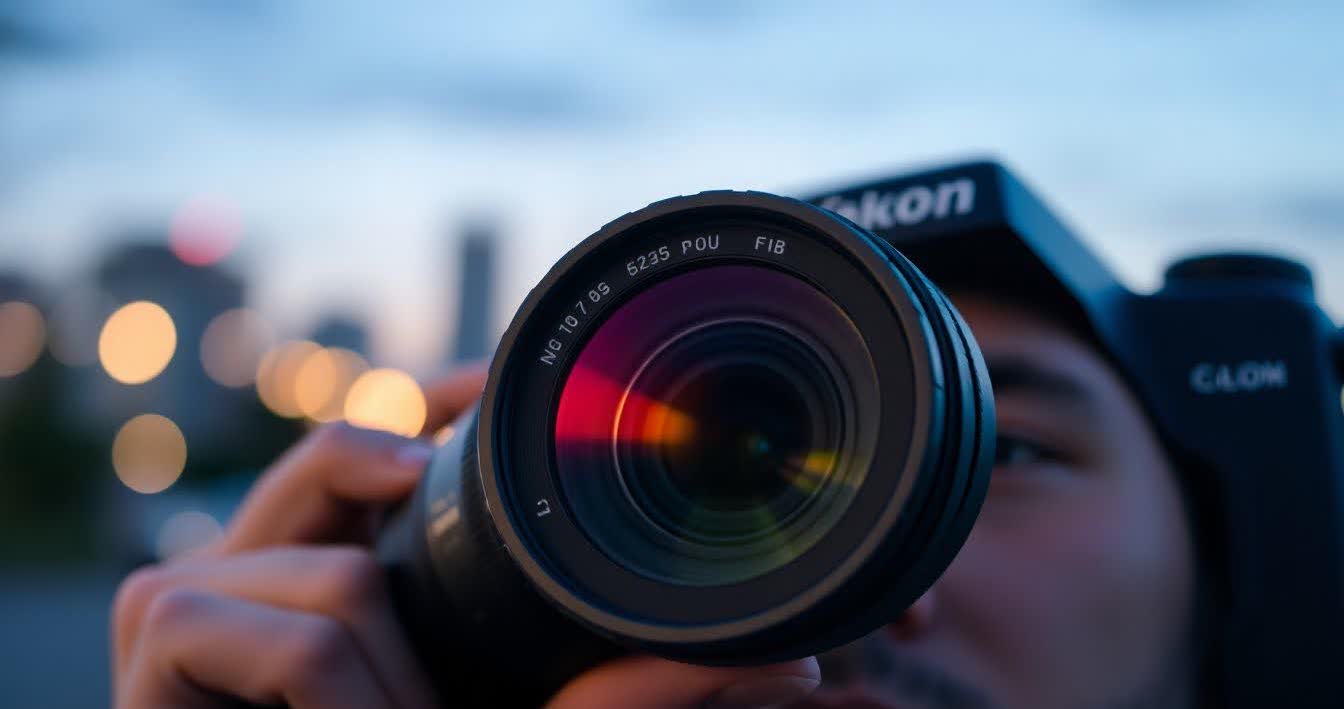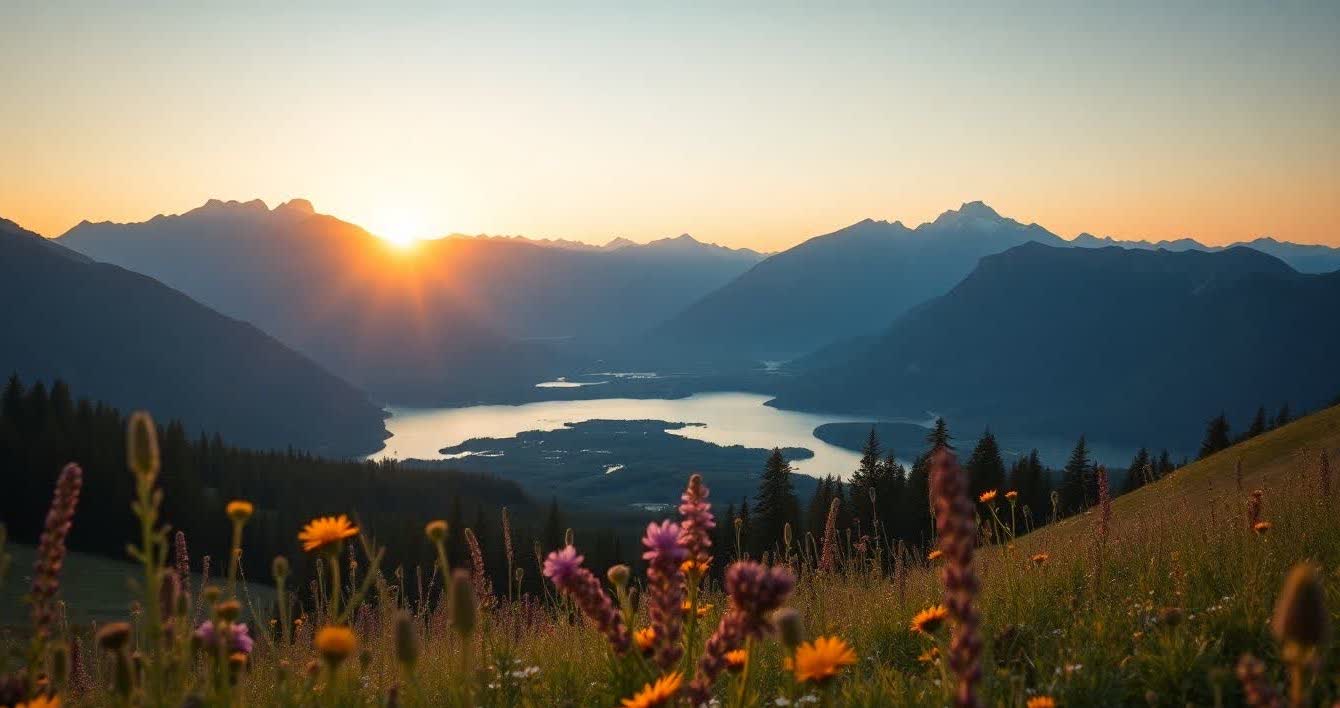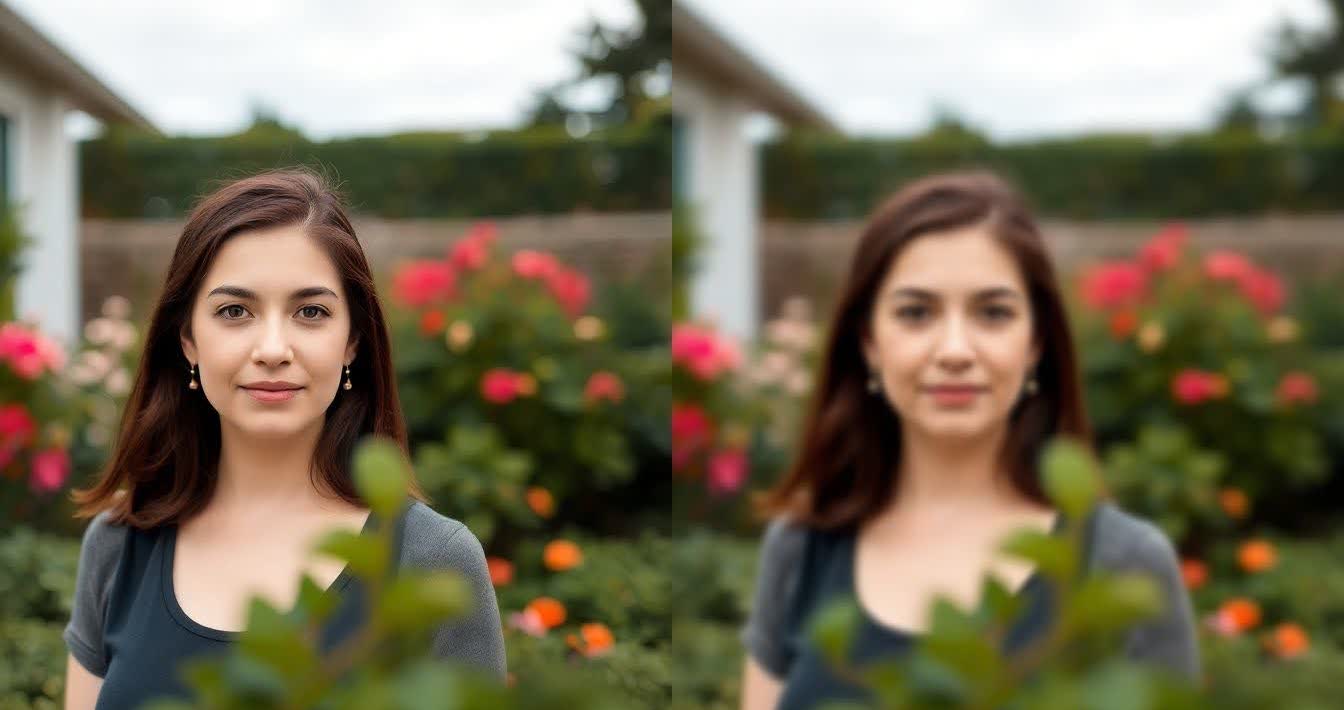May 28, 2025

Depth of Field (DoF) is one of the most fundamental principles in photography. It refers to the range of distance within a photo that appears acceptably sharp. Whether you're photographing a single flower or a sweeping mountain range, understanding how to manipulate depth of field gives you powerful creative control. With it, photographers can isolate a subject, guide a viewer’s eye, and infuse a scene with emotion or narrative intent.
Want a soft, blurred background that makes your subject pop? Or a crisp, detailed shot from the foreground to the horizon? DoF is the key to achieving both.
Depth of Field determines how much of your image is in focus, both in front of and behind your subject.
High-quality cameras and lenses listed in Best Cameras for Professional Photography Beginners in 2025 offer manual controls that allow you to fine-tune your depth of field, especially when paired with lenses featuring wide aperture capabilities.

Depth of field doesn’t rely on just one factor—it’s influenced by several key settings:
1. Aperture (f-stop)
2. Focal Length
3. Distance to Subject
Portrait Photography : Use shallow DoF to separate your subject from the background, focusing sharply on key features like the eyes while allowing other elements to fade into creamy bokeh. This not only adds mood but makes portraits feel more personal. For creative ideas, check out Portrait Photography Ideas.
Photojournalism or Street Photography : Deep DoF allows viewers to absorb all elements of a scene, preserving narrative and contextual clarity. This is vital in storytelling genres where every detail can matter. For more on documentary composition, explore What is Photojournalism?.
Wedding Photography : A unique blend of both DoF styles is often used here. Wide apertures can spotlight emotional moments, while narrower settings preserve detail in sweeping venue shots. For tips on this cinematic style, see Cinematic Wedding Photography.

Depth of field doesn't exist in isolation—it interacts with light. The amount of available light often determines what aperture (and therefore DoF) you can use.
Explore lighting basics in Artificial Lighting Guide for Beginners, and take it further with techniques like Split Lighting in Portraits, which pairs beautifully with shallow depth of field for artistic, mood-driven portraits.
While authentic DoF is always preferred, there are situations where post-processing tools help enhance or mimic it:
For a list of top apps offering these tools, see Best Photo Editing Apps of 2025.

Maximize your control over depth of field with the right equipment:
Depth of field is more than a technical setting—it’s a storytelling tool. Whether you're crafting intimate portraits or expansive landscapes, learning how to control DoF helps you bring emotion, focus, and visual impact to your photography.
Once you understand how to manipulate it through aperture, distance, and lens choice, you'll unlock a new dimension of creative freedom. So grab your camera, adjust your focus, and start seeing the world with depth.
Stay up to date with the newest tips, gear reviews, and step-by-step guides to elevate your photography journey from home and beyond.